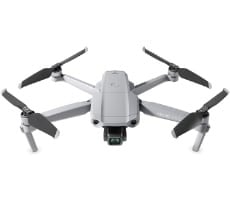Nikon Coolpix L100 Mega Zoom Camera Review

Ironically, the automatic mode offers the most options that are within your control. In this mode, you can select the flash mode, self-timer, macro mode, and exposure compensation. You can also enable or disable the vibration reduction system, switch the Motion Detector on or off, turn on Distortion Control, set the white balance, pick a color option, and select from a number of drive modes including single shot and continuous.

The L100 has a single AF point located in the center. To focus on an off-center subject, you’ll need to press the shutter halfway while your subject is within the AF point and then recompose your shot before fully depressing the shutter button. When the camera has successfully focused, the box that surrounds the AF point will turn green. There were a number of times during my tests that I struggled to get that little green box that indicated the camera had successfully focused on my subject, particularly when shooting indoors. In many of these instances, I could still take a relatively sharp picture.


The Set Up menu provides access to basic camera settings and features, such as the ability to set the date and time on the camera, the ability to turn on/off vibration reduction and motion detection, sound settings, language controls, and a handful of other options.

The Playback menu is relatively simple, providing access to the L100’s D-Lighting feature, Print set (to print directly from the camera), Slide show, Delete, and Small picture options.

Regardless of which menu you are in, you’ll need to press the Scene button or the Menu button in order to get back to the playback and shooting screens. There’s nothing wrong with this implementation, but since many cameras let you switch back to playback/shooting screens by pressing the shutter button, some users will need to retrain themselves on how to exit the menu system.







